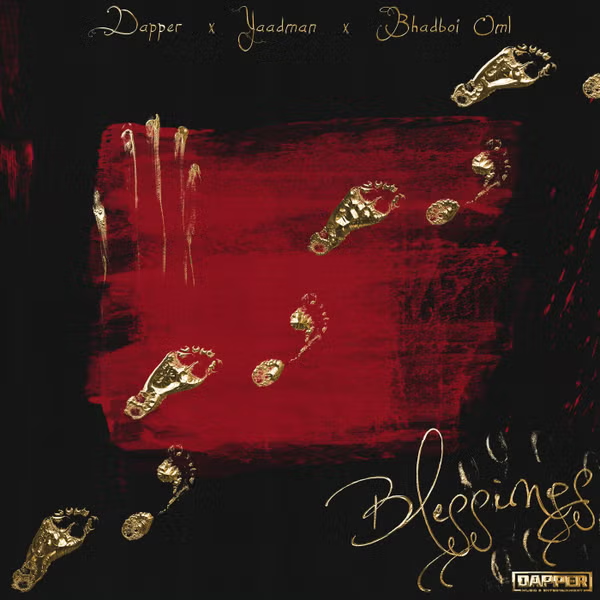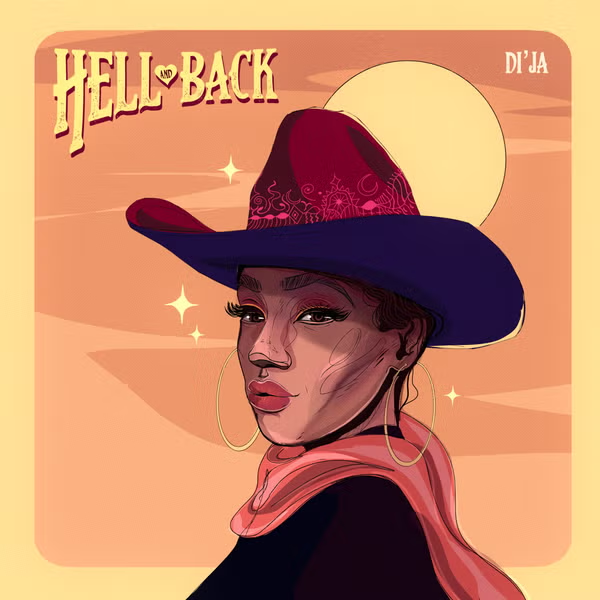The Samburu tribe has a Population of approximately 160,000 people who are pastoralists from the great plains of the Samburu region and they are from north central Kenya.
The Samburu tribe lives north of the equator in the geographically fascinating Samburu County of Northern Kenya. The Samburu people are closely related to the Maasai tribe who also live in East Africa.
Cattle, as well as goats, sheep and camels, play a vital role in the Samburu way of life and culture
They are considered cousins to the Maasai people living in Kenya and apparently they migrated south from the Nile region of Northern Africa.
They speak a vernacular of the Maa language which is identical to that spoken by the Maasai. They live in a remote region that is very dry and arid and can barely support life.
The Samburu largely look after cattle but they also have other livestock such as goats, sheep as well as camels. It is a nomadic tribe since they live in a very dry area.
They constantly move around looking for water and pasture for their animals and most of the conflicts they have are in relation to the search for land.
The Samburu are a Nilotic people of north-central Kenya. Samburu are semi-nomadic pastoralists who herd mainly cattle but also keep sheep, goats and camels.
The name they use for themselves is Lokop or Loikop, a term which may have a variety of meanings which Samburu themselves do not agree on.
Generally, the Samburu depend on milk and animal blood just like the Maasai whereas eating real food is usually done on special functions.
These native people are known for their very colorful clothing as well as distinct social structure.
The men dress in pink or black cloth that looks like the Scottish kilt and decorate themselves with necklaces, anklets plus bracelets.
The Moran (the warrior age-group), wear long braids in their hair. The women ironically shave their heads and wear two (2) cloths, one cloth is wrapped around the waist and another is wrapped around their chests.
Their cloths can be either blue or purple and the women also go ahead and smear ochre on their skins in a way that is similar to the Namibia’s Himba people.
What distinguishes the Samburu from other tribes is their social structure which is gerontocracy -a gerontocracy is a system which is governed only by elders and they make all the necessary decisions.
The leaders are usually the oldest members of the tribe and make the final decisions on different issues and they have the power to curse the younger disobedient members of the tribe.
The Samburu are a deeply religious tribe and they believe in their god called Nkai – he is their supreme being and has the utmost power.
The elders, who are in charge of keeping law and order in the society, carefully follow his will and are extremely devoted to him.

























